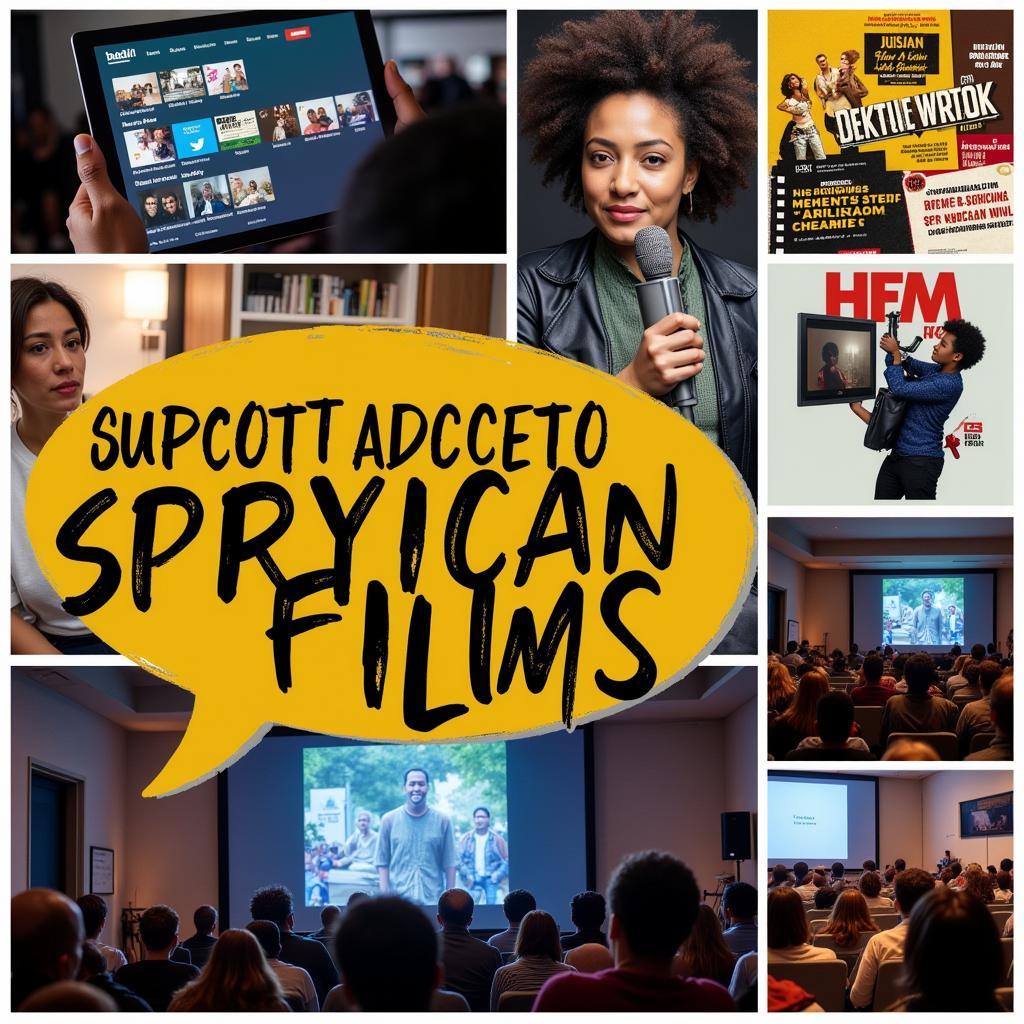African American Influence in Pop Music: The Rise of Hip Hop
The impact of African Americans on popular music is undeniable, especially when it comes to hip hop. From its humble beginnings in the Bronx to its global domination, hip hop has not only revolutionized music genres but also shaped cultural landscapes worldwide. But how did this genre, rooted in the African American experience, come to be a global phenomenon?
The Genesis of Hip Hop: A Cultural Movement
Hip hop emerged in the 1970s as a response to social and political challenges faced by African Americans in urban areas. The genre encompassed various artistic expressions, including:
- Music: Rhythmic beats, spoken word poetry, and rapping, often reflecting everyday life and struggles.
- Dance: Breakdancing, a dynamic form of street dance that became a symbol of the culture.
- Graffiti: A visual art form expressing social commentary and personal narratives.
- Fashion: Streetwear, a bold and distinct style reflecting individuality and cultural identity.
These elements intertwined to create a vibrant cultural movement that offered a platform for self-expression and empowerment.
Early Pioneers: Shaping the Soundscape
The early pioneers of hip hop, including artists like Grandmaster Flash, Kool Herc, and Run-DMC, laid the foundation for the genre’s evolution. Their contributions were instrumental in:
- Developing the “breakbeat” technique: Sampling drum breaks from funk and soul music to create rhythmic loops, defining the core sound of hip hop.
- Introducing rapping as a vocal style: Using rhythmic speech and poetic verses to deliver social commentary, storytelling, and personal experiences.
- Pushing the boundaries of lyrical content: Tackling themes of racism, poverty, police brutality, and social injustice, giving voice to the marginalized communities.
These early pioneers paved the way for the future generations of hip hop artists who would take the genre to new heights.
Hip Hop’s Evolution: From the Streets to the Mainstream
As hip hop gained momentum, it started to reach wider audiences, crossing over into mainstream media and popular culture. Artists like Public Enemy, N.W.A., and Salt-N-Pepa further expanded the genre’s boundaries:
- Political Activism: Artists like Public Enemy used their music as a platform for social and political commentary, challenging the status quo and sparking dialogue on important issues.
- Gangsta Rap: N.W.A.’s raw and uncompromising lyrics reflected the realities of life in inner-city neighborhoods, bringing attention to the struggles and challenges faced by many African Americans.
- Diversity and Innovation: Salt-N-Pepa’s success proved that hip hop wasn’t just a male-dominated genre, highlighting the diverse voices and perspectives within the culture.
This evolution was a testament to the genre’s ability to adapt, evolve, and connect with audiences from diverse backgrounds.
The Global Impact: Hip Hop’s Cultural Influence
Hip hop’s influence has transcended geographical boundaries, resonating with people from different cultures and backgrounds:
- Cultural Exchange: Hip hop music and culture have traveled around the world, influencing fashion, dance, and language in various countries.
- Global Artists: Hip hop artists from different parts of the world have emerged, bringing their unique perspectives and experiences to the global stage.
- Social Change: Hip hop continues to be a powerful tool for social commentary and activism, raising awareness about issues like inequality, injustice, and oppression.
This global impact highlights the universality of hip hop’s themes and its ability to connect people across borders.
The Future of Hip Hop: A Continued Legacy
Hip hop continues to evolve and adapt, with new artists and subgenres pushing the boundaries of the genre. Its influence on popular culture remains strong, inspiring creativity and innovation across various artistic disciplines.
“Hip hop is more than just music; it’s a cultural movement that has empowered generations of African Americans and continues to shape the world we live in.” – Dr. Maya Jackson, Professor of African American Studies
FAQs
Q: How did hip hop become so popular?
A: Hip hop’s popularity stems from its relatability, its ability to reflect the experiences of marginalized communities, and its dynamic musicality.
Q: What are some key elements of hip hop culture?
A: Key elements include music, dance, graffiti, fashion, and language.
Q: What are some of the biggest challenges facing hip hop today?
A: Challenges include commercialization, the perpetuation of stereotypes, and the lack of diversity in the industry.
Q: What is the future of hip hop?
A: The future of hip hop looks promising with new artists constantly pushing the boundaries of the genre, and its continued influence on popular culture.



